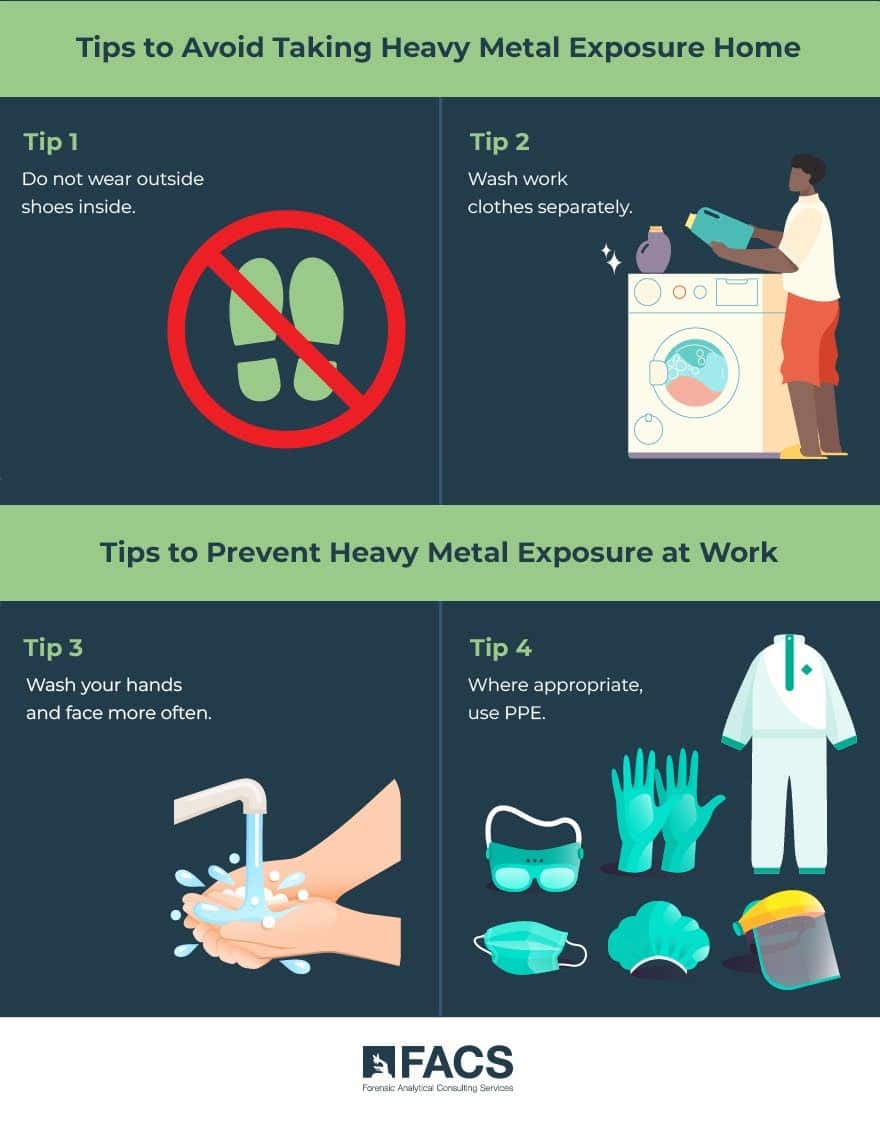Dust is everywhere. You’ll find dust in your home, your workplace, and even in your favorite restaurant. Sources of dust are abundant: clothing fibers, paper fibers, skin cells, dust mites, and more. When we walk from one place to another, we create and transport dust.
Microscopic particles that present themselves as dust buildup create the type of dust we are all familiar with. Thankfully, most dust is also fairly easy to remove. Be sure to use a dampened cloth or a vacuum cleaner equipped with a high efficiency filter, though, as dry sweeping and dry dusting are not recommended. Vacuum cleaners without proper filters can shoot dust right back into the atmosphere — the same place dry dusting sends it. A more concerning problem, though, is that dust often contains heavy metals.
Dust in Commercial Buildings
Industrial settings and commercial buildings contain much of the same dust particulate that we see in our homes, but there is an additional factor worth considering in these environments. Activities such as welding, grinding, sanding — even erosion and rust — all contribute to heavy metal concentrations. Paints are another source of heavy metals, especially lead, but paint can also contain cadmium, hexavalent chromium, and mercury.
The Consumer Products Safety Commission limits the allowable amount of lead in paint to less than 90 ppm for residential uses, but lead based paint is still permissible for many commercial and government applications. OSHA says there are over 120 occupations that use lead every day. All of us are exposed to various amounts of lead. It is in the soil, in our water, and in many of the products we use every day. The same is true for other heavy metals. Dust appears to be harmless, but that’s not always the case.
The Heavy Metal Threat to Health
Heavy metals are toxic and can affect almost all parts of the body, including the renal and central nervous systems. Some heavy metals are known carcinogens. And here’s a more serious concern: heavy metals can bioaccumulate. Over time, little exposures to heavy metals can cause big issues. A term often used to describe the threat is “heavy metal poisoning.”
Lead, cadmium, hexavalent chromium, and beryllium all have specific Federal OSHA regulations that require specific employers to enroll specific employees in medical surveillance programs and establish special housekeeping provisions. Aluminum, antimony arsenic, barium, calcium, cobalt, copper, iron oxide, magnesium, manganese, mercury, nickel, potassium, selenium, silver, sodium, thallium, vanadium, and zinc oxide all have Federal OSHA exposure levels for employees. Federal EPA regulates the disposal of heavy metals and treats them as hazardous waste at certain levels.
Heavy metal microscopic particles can exhibit a strong positive ion charge that helps them stick to certain surfaces. That ionic bond makes heavy metal dust more difficult to wipe away than regular household dust. Heavy metals require engineering controls, more elaborate cleaning techniques, more training, and more personal protective equipment (PPE), than your typical cleaning efforts afford.
The Heavy Metal Threat to Health
How do you know if you have heavy metals in the dust you and your staff are exposed to in the workplace? To answer this for your facility, you’ll need to test the accumulations using appropriate sampling techniques and utilize the services of an accredited laboratory for the analysis.

Here are some simple, easy to enact tips:
- Don’t forget that dust containing heavy metals can be dangerous
- Do not wear outside shoes inside
- Wash work clothes separately
- Wash your hands often, especially before touching your face
- Where appropriate PPE
Work shoes are a direct means of transporting heavy metal particles to your car and into your home. The same goes for your clothing. When you take time to remove contaminated shoes and work clothes before driving home, you’re not just protecting yourself — you’re protecting your houseguests and family.
Don’t Be Fooled by the Popular Opinion About Lead
Lead is the heavy metal we hear about most, and many people think regulations have made lead a non-issue. Unfortunately, that’s not the case. Lead can still be a source of heavy metal poisoning. Not only that, but the fanfare about lead can cause us to not even think about all of the other heavy metals that may be present in the environment.
So, how do you know if heavy metals are a concern at your workplace? Reach out to FACS. Our Industrial Hygienists have the necessary certifications and real-world experience to conduct a heavy metals survey for your business. They can get and interpret the laboratory analysis, oversee cleaning and disposal, and document the entire process.
Calling us to arrange the work can help safeguard your company against regulatory issues and litigation. Don’t wait for an incident to occur or an inspector to require compliance. Call FACS. Here’s the number you need: (888) 711-9998.